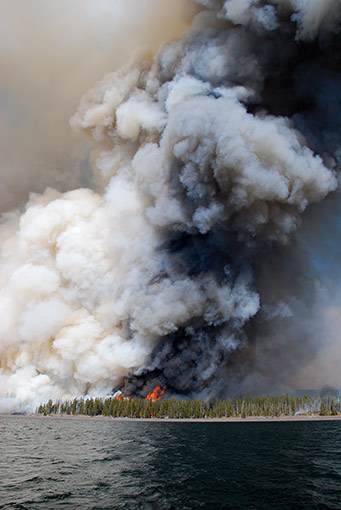USFWS agrees to make this very rare and declining fish a candidate species for the list-
Court action by 4 conservation organizations are responsible for this late turn of events for this beautiful (former) sports fish now down to just one or two streams. This is another species earlier denied protection by the bullying tactics of disgraced former Bush Deputy Assistant Secretary of Fish, Wildlife and Parks Julie MacDonald.
This is a victory for those who want action over the collaborationists. Here is a recent article by a collaborationist. Can Conservation and Collaboration Save the Big Hole Grayling? By Jonathan Stumpf. New West. I would say the comments to the article by Larry Zuckerman, Western Watersheds Project, Salmon, ID are especially relevant given the events of yesterday.
Oct. 1, 2009. Fish and Wildlife Service to reconsider Montana’s arctic grayling status. By Eve Byron. Helena Independent Record.
News Release-
For Immediate Release, September 30, 2009
Contacts:
Noah Greenwald, Center for Biological Diversity, (503) 484-7495
Pat Munday, Grayling Restoration Alliance, (406) 496-4461
Leah Elwell, Federation of Fly Fishers, (406) 222-9369 x 102
Jon Marvel, Western Watersheds Project, (208) 788-2290
Montana Grayling to Be Reconsidered for Endangered Species Act Protection
Helena, Mont.— In response to a lawsuit brought by the Center for Biological Diversity, Federation of Fly Fishers, Western Watersheds Project, Dr. Pat Munday, and former Montana fishing guide George Wuerthner, the U.S. Fish and Wildlife Service agreed today to reconsider the Montana fluvial arctic grayling for protection as an endangered species under the Endangered Species Act. According to the court-approved settlement agreement, a decision on the grayling’s status will be made by August 30, 2010.
“The Montana fluvial arctic grayling is on the brink of extinction,” said Noah Greenwald, endangered species program director at the Center for Biological Diversity. “We hope the Obama administration will put an end to the grayling’s 27-year wait for protection.” Read the rest of this entry »












